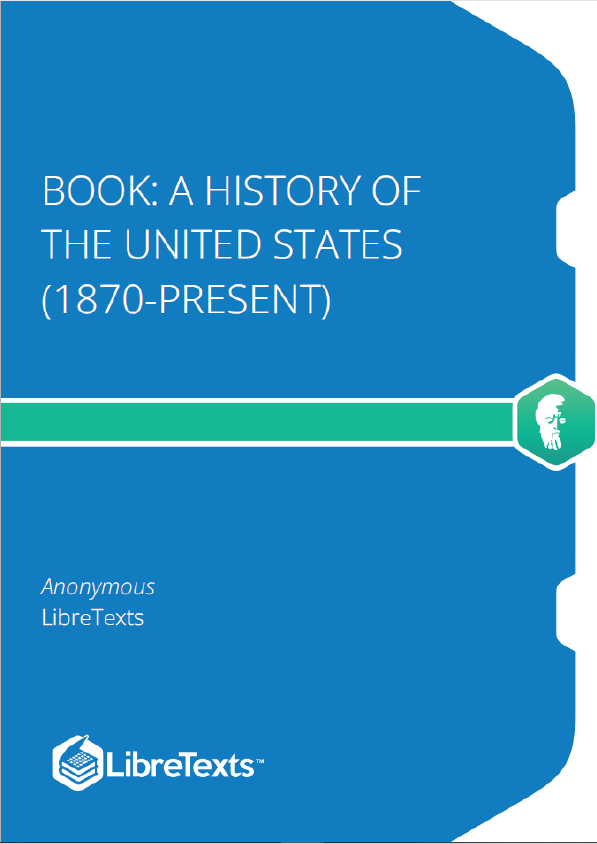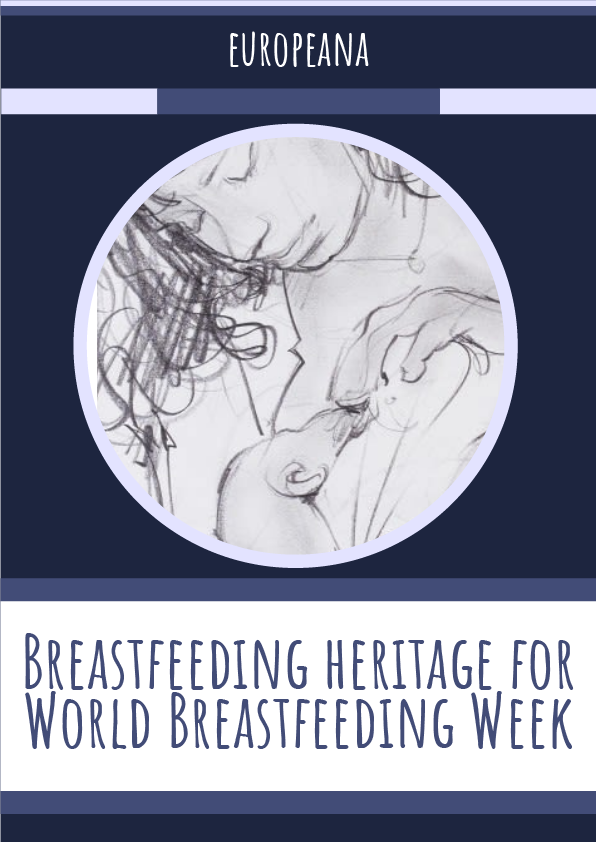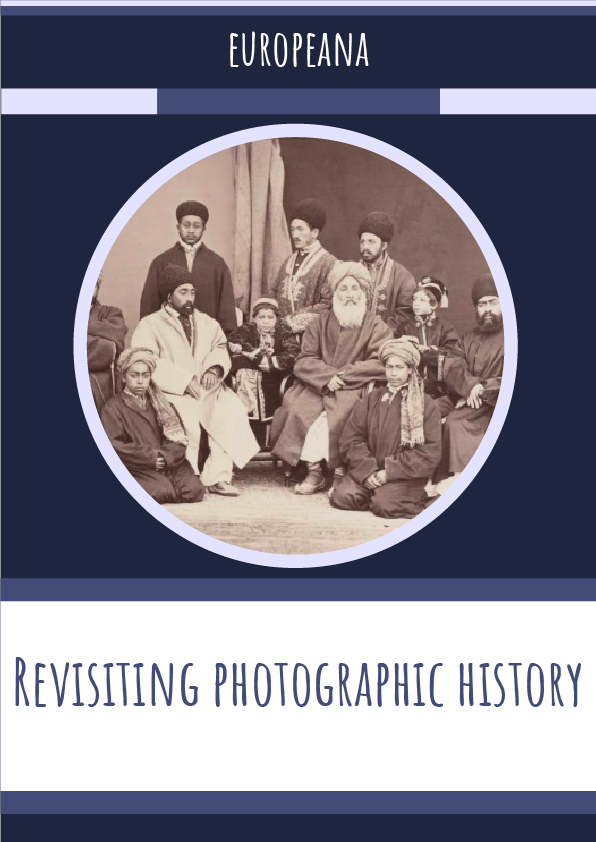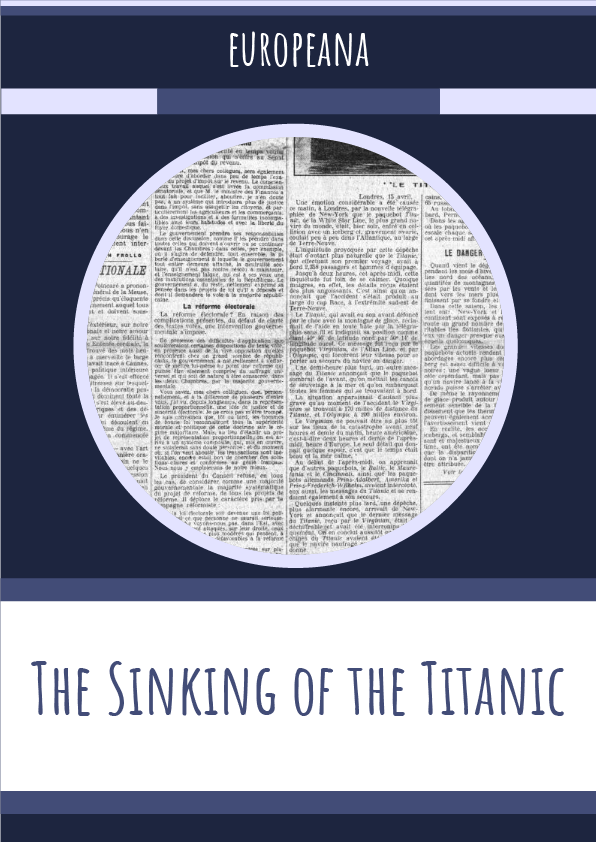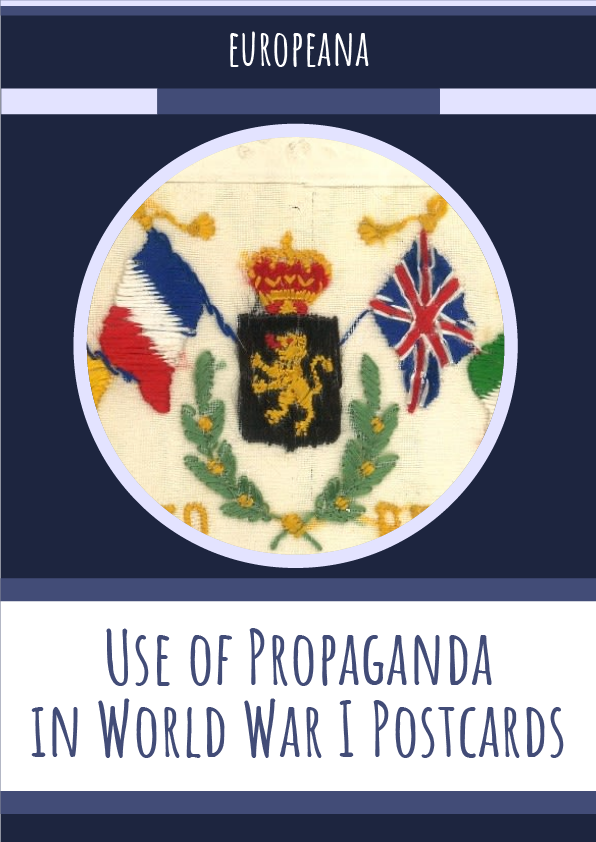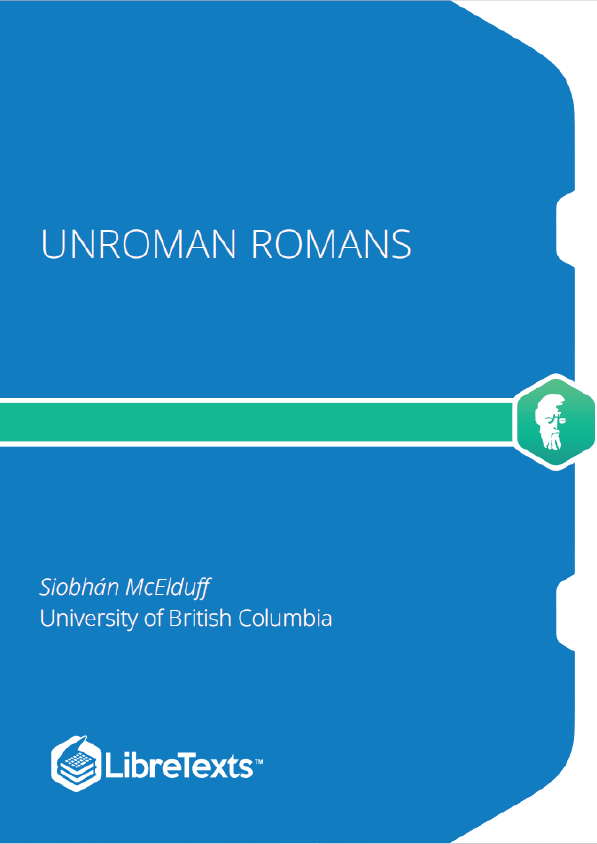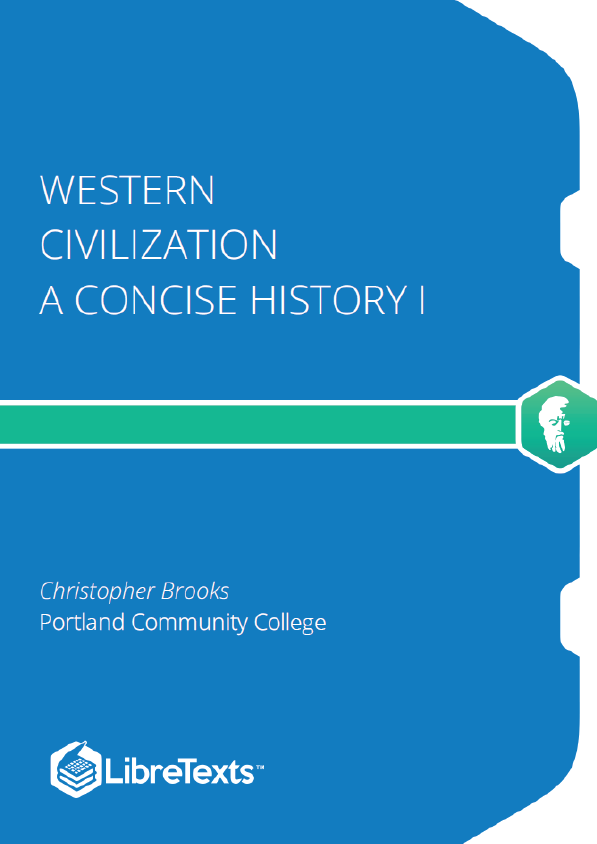His secret mission informed world leaders about Nazi atrocities in occupied Poland
It was spring, the last week of April in 1987, when Jan Karski, a then 73-year-old professor of comparative government and theory of communism, entered, as he did regularly for more than 30 years, the lecture hall at Georgetown University’s School of Foreign Service in Washington D.C. The room was packed. Karski’s courses in Middle European studied were always over-subscribed. Students loved him for his work as a professor, but also for his “presence and grace”, an air of Polish aristocratic gallantry that made him stand out when he walked across the campus. Washington Post’s Sarah Booth Conroy described him as follows: “His speech has a charming, lilting accent, as well as grace and eloquence. He’s very thin, a body of bones and nerves”.
He was no stranger to affection or even admiration. But this time things were different – he got a standing ovation. Everyone cheered and clapped. Karski was surprised and moved.
Probably no less so than his students, when they saw their beloved professor on PBS earlier that week. Karski was one of the key witnesses interviewed in the eagerly anticipated Shoah, a 9.5 hour long, seminal Holocaust documentary by Claude Lanzmann, three decades later widely considered a cinematic masterpiece and a milestone in Holocaust studies. Karski’s testimony, shot in 1978, accounts for 40 minutes of the film.
During World War II, Karski was a lieutenant of the Polish Underground State, tasked with special courier missions, carrying dispatches to France and Britain. But his true life mission – which marked his life forever – came in the autumn of 1942. Karski was selected to undertake a secret mission to contact world leaders, and inform them of Nazi atrocities in occupied Poland. In order to gather evidence, Karski with the help of Jewish activists, entered twice the Warsaw Ghetto.
He recounted in Shoah:
My job was just to walk. And observe. And remember. The odour. The children. Dirty. Lying. I saw a man standing with blank eyes. I asked the guide: what is he doing? The guide whispered: “He’s just dying”. I remember degradation, starvation and dead bodies lying on the street. We were walking the streets and my guide kept repeating: “Look at it, remember, remember”. And I did remember. The dirty streets. The stench. Everywhere. Suffocating. Nervousness. Tention. Then something horrible happened. Two boys from Hitlerjugend were walking around, laughing joyfully. One of them took the gun from his pocket and started shooting. Window glass broken. A voice: “Aaa!”. It was not part of this world. It was not part of humanity. I was not a part of it. I was told that these are human beings. They didn’t look like human beings. Then my guide said: “We might be able to arrange your visit to a death camp”.
What they managed to do is put Karski in a transit camp in Izbica Lubelska, dressed as an Estonian guard. What Karski saw in the Ghetto and in the camp, he had to engrave in his memory, smuggle out of Poland and weaponize — convert into words that would convince the most powerful people of the world to take action.
What followed was a spy-thriller-style escape from Poland, involving prison escapes and teeth being pulled out in order to disguise foreign accent in Karski’s otherwise impeccable German and French.




